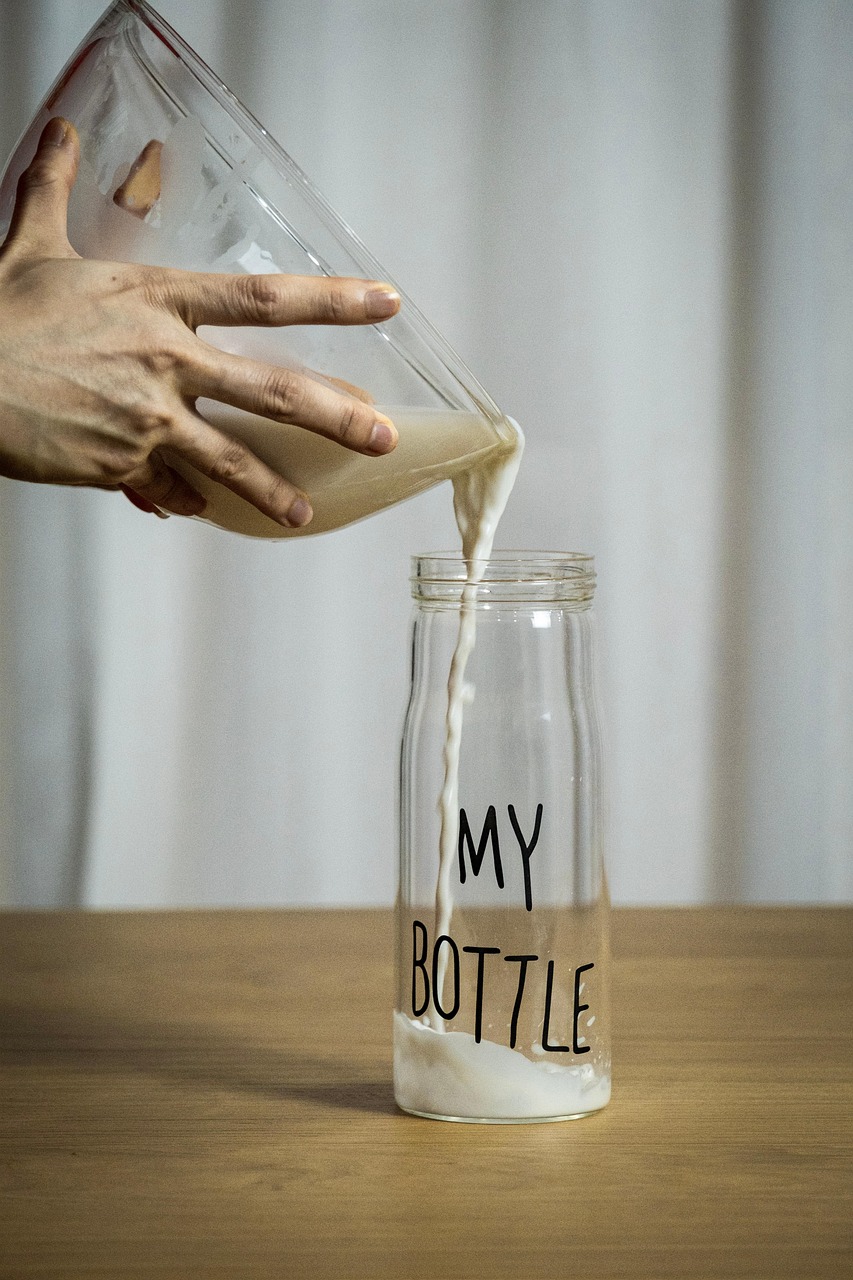Introduction to Kombucha Troubleshooting
Kombucha is a fermented tea drink that has gained popularity for its potential health benefits. However, brewing kombucha can be tricky, and issues like mold, off-taste, and carbonation problems can arise. This article will guide you through troubleshooting these common issues.
Equipment List
- Large glass jar or container
- Cheesecloth or a coffee filter
- Rubber band
- Starter tea
- Sugar
- Black or green tea
- SCOBY (Symbiotic Culture of Bacteria and Yeast)
Troubleshooting Mold
Causes of Mold
Mold can grow on your kombucha SCOBY or in the liquid due to contamination, poor hygiene, or an imbalance in the fermentation environment. To prevent mold, ensure your equipment and workspace are clean, and maintain the right temperature and pH levels.
Step-by-Step Solution
- Discard the moldy SCOBY and any contaminated liquid.
- Clean and sanitize your equipment.
- Start a new batch with a healthy SCOBY and fresh ingredients.
Troubleshooting Taste
Common Taste Issues
Kombucha can sometimes have an unpleasant taste due to over-fermentation, under-fermentation, or the use of low-quality ingredients. Adjusting the fermentation time and using high-quality tea and sugar can help achieve a better flavor.
Step-by-Step Solution
- Taste your kombucha regularly to determine the right fermentation time for your preference.
- Adjust the amount of sugar or type of tea used in your recipe.
- Consider adding flavorings like fruit juice or herbs after fermentation for a more appealing taste.
Troubleshooting Carbonation
Causes of Carbonation Issues
Carbonation issues, such as flat or over-carbonated kombucha, can be due to improper bottling techniques, insufficient secondary fermentation time, or using the wrong type of bottles.
Step-by-Step Solution
- Use tight-sealing bottles to trap carbon dioxide during secondary fermentation.
- Ensure the bottles are not overfilled, leaving about an inch at the top.
- Store the bottles at room temperature (about 68-72°F) for 1-3 days to allow for secondary fermentation and carbonation.
Pro Tips
- Always use filtered water to prevent contamination.
- Monitor the temperature and maintain it between 68-85°F for optimal fermentation.
- Keep your SCOBY healthy by feeding it regularly and storing it in a clean environment.
Frequently Asked Questions
- Q: How long does it take to brew kombucha? A: The fermentation time can vary from 7-14 days, depending on personal taste preference and environmental conditions.
- Q: Can I use a plastic container for brewing kombucha? A: It’s recommended to use glass containers, as plastic can leach chemicals into the kombucha and harbor bacteria.
- Q: Is it safe to drink kombucha if it has mold? A: No, it’s not safe to consume kombucha that has visible mold. Discard the SCOBY and the liquid, and start a new batch.
